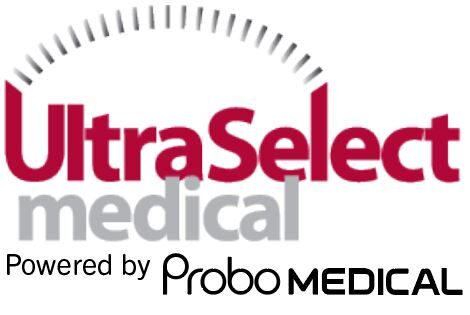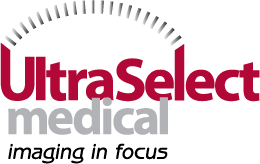A Logical Litany for The Purchase of An Ultrasound System
There is an old Swedish saying that goes like this, “Know what you want before you ask for it.” This is taught at a very young age. The idea is to have a process of how things will happen with a positive outcome.
Purchasing an ultrasound system with transducers is no different.
- What do you want the ultrasound system to do?
- How will the functionality affect the workflow?
- How will that workflow include the transmission of images?
- We will address some of these issues in this blog post.
At first blush you want the machine to work, work well, work often and work for a long time. This is true however you need to think beyond this.
What specialty or specialties will you be scanning?
That is the single most important answer because it will take into account the type of transducers needed, presets, calculations, image quality and image identification.
For example, even if you only scan a heart 2% of the time and abdomens 98% of the time and you want to save money then you must consider the cardiac imaging part first. There are such specific requirements for cardiac imaging. So, you would choose a machine and a transducer that would allow for great imaging of both. The presets, calculations and image identification should also be applicable to both the cardiac and the abdominal imaging. A machine that does many types of specialties is called a shared service machine. The opposite is true as well. If all you need is to see the tip of a needle then the process becomes easier because there is only one specialty.

Functionality refers to how the ultrasound is performed.
The Doctor or Sonographer must use several modes of imaging and press all kinds of buttons to produce a good exam. The order in which these things happen can be important because the time to perform the scans is always a critical issue. Some manufacturers have as many automated features as possible others are more manual. However, it does not mean that the operators like using the automated features. Functionality also considers the protocol in use at the time of the scan. Protocols will be the subject of another post. To evaluate how you want your functionality to run it is very helpful to have someone who is ultrasound fluent involved with this part of the process.
The workflow also includes what happens at the end of the exam. How are the images stored and what do you need to do to the images once they are at their final destination?
Some medical facilities use DIOM and structured reports while others use a flash drive and everything in between. This is a very important issue because not all manufacturers are equal in this area. Connectivity, as it is called, is just as important as image quality. This part of the process needs to be fast and permanent.
While this post is limited in scope, we can assure you that many more will be coming on the subject. Purchasing an ultrasound system is a serious process with many variables. We are here to make this process as painless as possible.
PLEASE CALL US WITH ANY QUESTIONS AT 843-566-1020.


